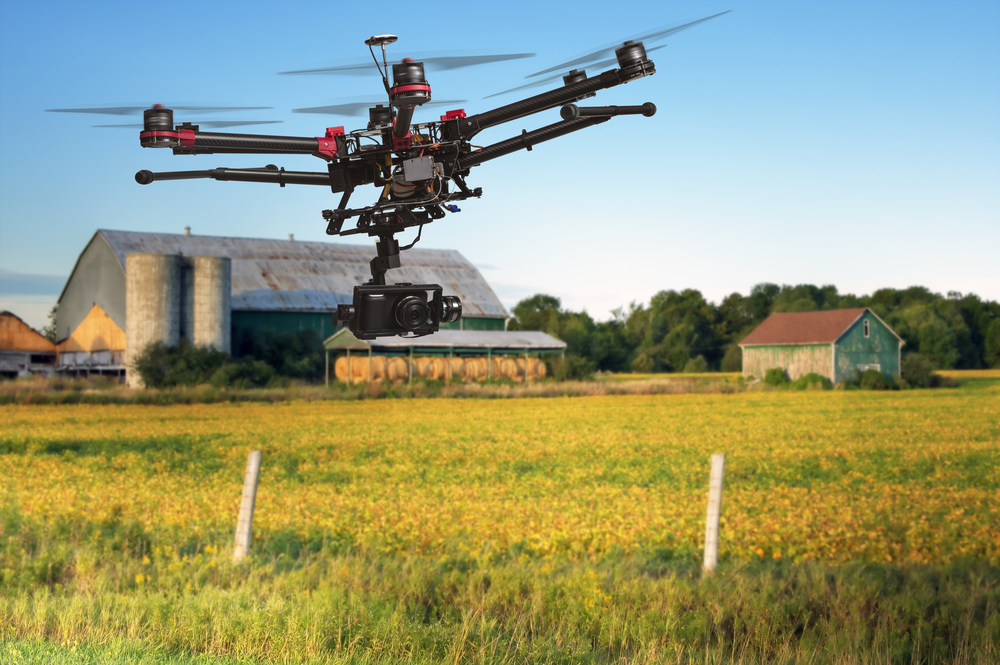
Since the new millennium, technology has advanced at a rate never before seen in the history of humankind. Yet so far we have only made relatively small steps when it comes to applying these new advances to the most pressing issue of all: the health of our planet.
Today we teeter at a critical tipping point, pushing the limits of the safe operating space of humanity. But as our population increases so do our technological capabilities, and the possibilities for tech to help create a sustainable future. Here are 5 new technologies that are starting off that process, saving animals and protecting our natural world.
Ornilux glass
Many of us have experienced that sinking feeling following the telltale thud of one of our favourite garden birds meeting its demise against our patio door. It’s not nice and no matter how hard we try to employ our layman veterinary skills many of the birds don’t pull through. You’ll be shocked to hear that an estimated 100 million birds collide with glass windows in the UK each year, and a third of these are fatal. That figure dwarfs the death tolls from oil spills and pesticides, yet the problem has been largely overlooked, until now.
It is the reflective and transparent properties of glass that leads to these fatalities—the bird is either heading for the area behind the glass or for the reflected environment they see in it. In recent years scientists have managed to gain a better understanding of bird vision and with more people caring about the wildlife around them, a small market has opened up for bird-friendly glass. This new glass works because it has a UV reflective coating which is visible to birds but invisible to the human eye.
3D printed synthetic rhino horn

The battle against the illegal trade in rhino horn seems to be never-ending and the situation today is as heated as it has ever been, but a biotechnology company in San Francisco thinks they have a solution.
Pembient intends to replace the illegal wildlife trade (the fourth largest black-market after drugs, arms and human trafficking) with sustainable commerce. Using keratin and rhino DNA, and 3D printing technology, they produce replicas of rhino horns that are actually more pure than the real thing. They plan to sell the horns at a fraction of the price of real horns, undercutting poachers, and forcing them out of the market. A potentially ingenious solution, if it works. Some of the large rhino conservation organisations are doubtful; concerned that it may increase demand and reinforce the false idea that rhino horn has some medicinal value.
Pingers

Cetaceans are marine mammals like whales and dolphins and their numbers have declined dramatically worldwide over the last century. One of the biggest threats they face is from entanglement in commercial fishing nets (bycatch) but changes in legislation over recent years has provoked a period of innovation in fishing gear. Pingers are now used all over the world with results showing significant reductions in cetacean bycatch. They are attached to fishing nets and emit a sonic pulse which stimulates cetaceans to echolocate and thus detect the presence of the nets which they can then avoid.
Anti-poaching drones

Drones or unmanned aerial vehicles (UAV’s) have many applications, most famously in military warfare, but more recently and arguably more usefully, in wildlife conservation. They are being used around the globe for tasks such as habitat mapping and wildlife surveys, but in Africa they have proved critical in anti-poaching efforts.
In Kenya, drones have been deployed to complement teams of sniffer dogs and armed patrols and with their thermal imaging cameras and silent flight are proving highly successful. They can be operated from two laptops in a national park office—one screen showing a map and the other showing the live video from the high-definition camera. Recent trials have seen drones significantly reduce poaching and now the Kenyan government has announced it will deploy drones to all fifty-two National Parks.
Elephant text messages

Chilli pepper plants, guard dogs, fires, electric fences, capsicum powder, bangers, beehives—and the list goes on. All sorts of techniques have been trialled but most have failed to prevent elephant crop raids in the farmlands of villages across Africa. However, since 2008 a new technique which involves installing a SIM card in the radio-collars of problem-elephants has proved quite successful.
The SIM card sends a text to wildlife rangers once the elephant approaches a pre-programmed geo-referenced boundary, usually the edge of a National Park. This enables trained rangers in 4×4 vehicles to reach the elephant quickly and scare it back into the bush. The rangers and local communities have noticed these problem-elephants are reducing their crop-raiding behaviour and as elephants live in a hierarchical social structure it is anticipated that the avoidance behaviour will rub-off onto other elephants too.

